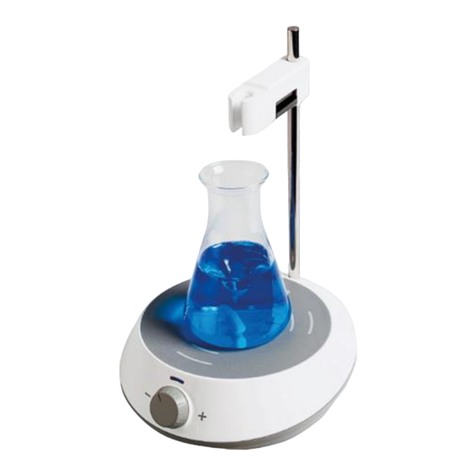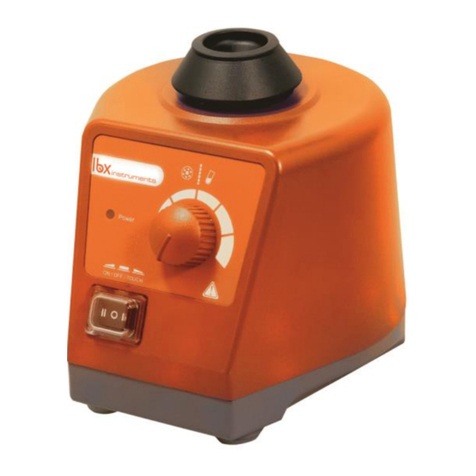1. Summary
Kjeldahl Digestor, adopted with globally advanced high temperature infra-red duct radiant heating
technology and MPU control platform, is characterized by its accurate temperature control and fast
temperature rise. The temperature rise, divided into linear temperature rise mode and curved
temperature rise mode, allows storage of 500 groups of digestion solutions. Each digestion solution has
25 temperature spots at most for control of temperature curve and even more provides PID (Proportion-
Integration-Differentiation) control for more stable and accurate temperature control. The waste gas
disposal system enables absorption of noxious gas, including acid and alkaline smog and the like. The
product provides attractive appearance and large screen liquid crystal display. The automated design,
allows safer, easier, faster and more reliable, convenient operation, making the digester ideal device for
high temperature digestion.
Definition of digestion: Digestion, which is also called “wet digestion” is the decomposition of the organic
matter or reducing substances in the sample by the addition of acid or alkaline liquid reagents with
heating.
Principles: Put the sample and liquid reagent in the digestion tubes, and the infrared heating pipes send
the heat in the form of electromagnetic wave to the graphite block, which further passes on the heat to
the digestion tubes. The molecules of the sample and liquid reagent absorb the heat and move faster with
increased internal energy, thus generating more heat as the molecules collide with each other. The
additional heat coupled with the reagent can accelerate the digestion process and make a more effective
and complete digestion.






























